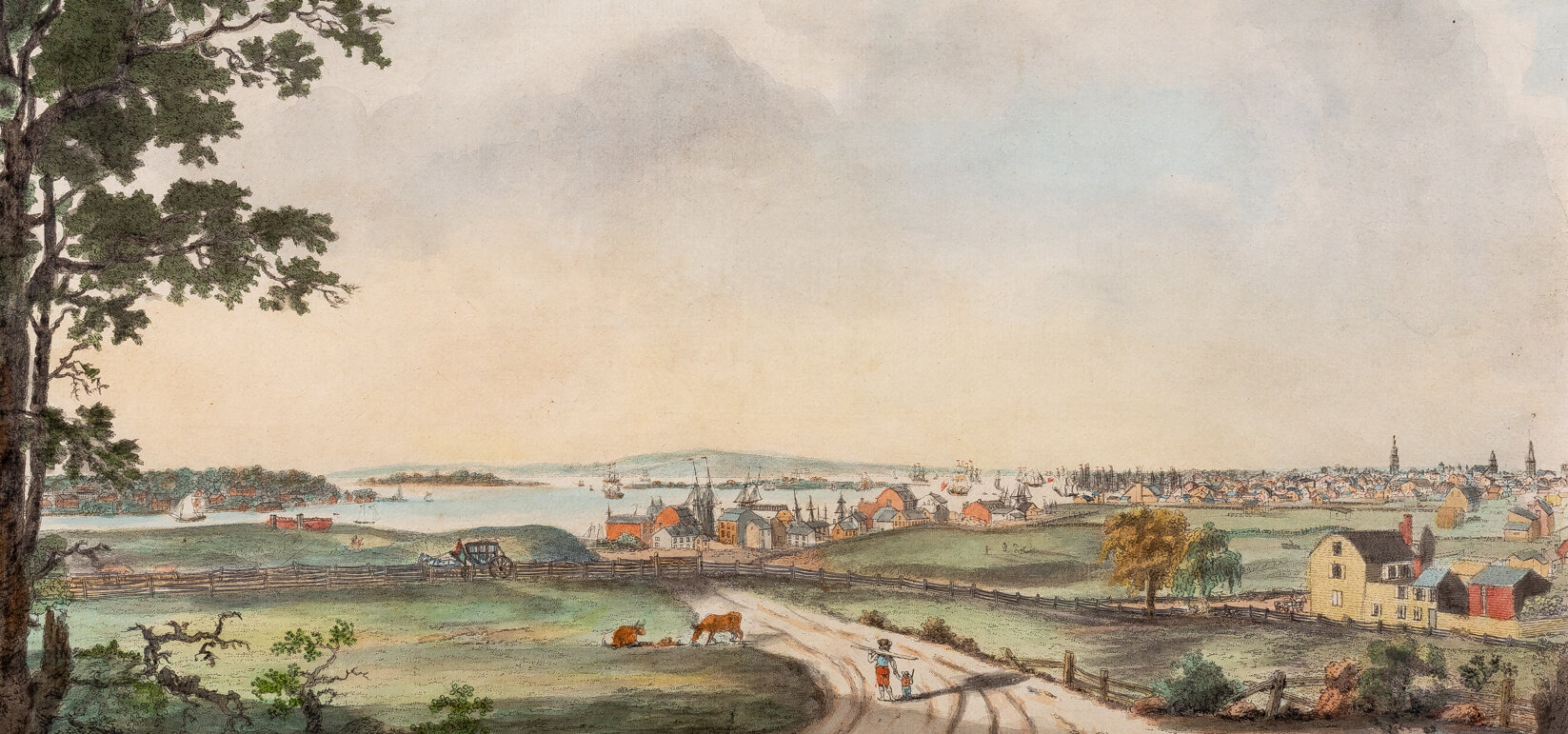
Data & Documents
Here, I’m sharing some of the work I did to research The Sewing-Girl’s Tale, the law of rape and seduction, and the world of New York City in the era of the American Revolution. Feel free to use these resources as you like, giving credit where credit is due in any publications. For more information, including files in other formats, please contact me.
Document
William Wyche’s extraordinary
Report of the Trial of Henry Bedlow
(New York, 1793)
When Lanah Sawyer charged Henry Bedlow with rape in the fall of 1793, the result was one of the most sensational trials of the Revolutionary era. Among those crowding the courtroom was a young lawyer, William Wyche, who had recently fled London under a cloud of scandal—and who came prepared to take detailed notes of the proceedings. Six weeks later, his extraordinary sixty-two-page Report of the Trial of Henry Bedlow, for Committing a Rape on Lanah Sawyer (New York, 1793) became the first published report of an American rape trial.
From the start, the report was controversial. Bedlow’s defense lawyers were horrified to see their disparaging and demeaning trial tactics laid bare. They tried to suppress the report and, when that failed, to discredit it. But a host of people who had witnessed the trial came forward to defend its fundamental accuracy.
The success of the publication encouraged the development of modern court reporting in the United States—for better and for worse. Wyche’s Report helped inaugurate a new era of transparency in our criminal justice system. And it helped encourage a growing obsession with lurid accounts of sex and violence against women.
Here, I offer a modern edition of the 1793 report, based on the two surviving copies, with an explanatory introduction. You can download it in either eBook or PDF format.
Dataset
Seduction Suits
New Jersey, 1708-1844
Seduction suits can be difficult to identify in archival court records. Fortunately, New Jersey State Archives has created a remarkable index of the tens of thousands of items in their collection of New Jersey Supreme Court Case Files, 1708-1844. This made it possible to compile a substantial set of detailed records of seduction suits and breach-of-promise-to-marry suits. In this table, basic information from the file papers is supplemented by targeted genealogical information. In the novels and stories of the Early Republic, seduced women ended up disgraced and socially ruined. But these records allowed us to explore what happened in real life. My thanks to Nancy Gray Schoonmaker, Ph.D. for her exhaustive work tracing the afterlives of the women at the center of these suits.
Dataset
Sexual Assault Prosecutions
New York, N.Y., 1734-1820
A comprehensive table of sexual assault prosecutions (rape and attempted rape) in New York City (Manhattan), 1734-1820—including court records (New York County Clerk’s Department of Old Records, New York State Archives, the Archives at Queens Library), papers of attorneys general (New York Municipal Archives and New-York Historical Society) as well as citations to newspaper coverage and published reports. My thanks to Sharon Block who shared the database she created for Rape and Sexual Power in Early America (Chapel Hill, N.C.: UNC Press, 2006).
Dataset
1793 Tax Records
New York City & County
The New York City tax records preserved at the New-York Historical Society include some 7,500 listings with the names and addresses of tax payers and valuations of their real estate and personal property. Individuals who owned more than one property are listed repeatedly at their various addresses. My thanks to Nancy Gray Schoonmaker, Ph.D. for her help transcribing these extensive records.
Dataset
Sandy Hook Pilots
1730-1833
A comprehensive table of Sandy Hook Branch Pilots appointed between 1730 and 1833, including dates of service as deputy and branch pilots; with birth, marriage, and death dates; names of pilot boats when available; and addresses for pilots active in 1794. My thanks to Nancy Gray Schoonmaker, Ph.D. for her exhaustive work tracking down records of these pilots, their families, and their social networks.






